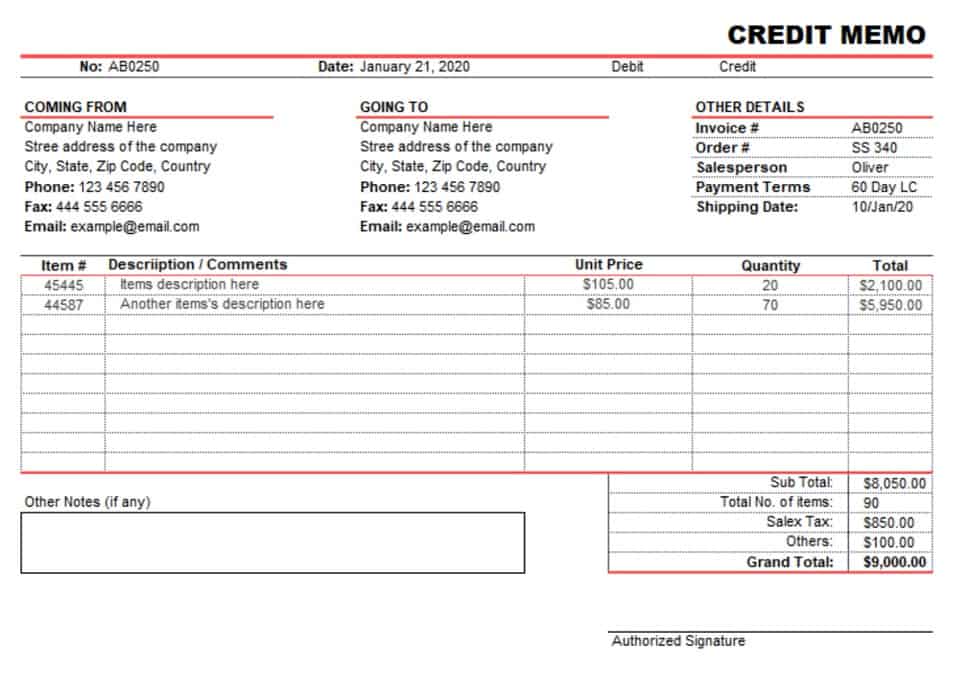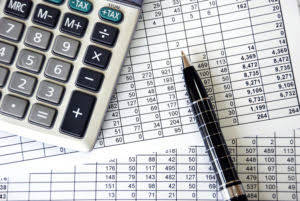
Yes, salvage value can be considered the selling price that a company can expect to receive for an asset at the end of its life. In other cases, that asset may be scrapped or turned into raw materials. To deal disposal value with the asset disposal we first need to calculate its net book value (NBV) in the accounting records. Accordingly the net book value formula calculates the NBV of the fixed assets as follows.
- That helps in making a business decision, such as either to keep it or discard it.
- The company must take out a loan for $13,000 to cover the $40,000 cost.
- The former is the amount an organization expects to get when scrapping or selling an asset.
- There could be different ways to calculate depreciation, two most commonly used methods are straight line method and units of production method.
- A company may dispose of a fixed asset by trading it in for a similar asset.
When Does an Asset Need to Be Disposed Of?
It is the easiest and simplest way to calculate the depreciated value of an asset. Simply subtract salvage value of the original cost and dividing the result by the estimated useful life will give you depreciated value. Salvage value is the market or scrap value of that particular asset at the time of disposal. Disposal or book value can be easily calculated by simple subtracting this depreciated value from the original cost.
- In accounting, salvage value is the amount that is expected to be received at the end of a plant asset‘s useful life.
- Organizations sold their asset when their updated version is launched in the market.
- A complete help desk solution for your service engineers, technicians and facility managers.
- For the past 52 years, Harold Averkamp (CPA, MBA) hasworked as an accounting supervisor, manager, consultant, university instructor, and innovator in teaching accounting online.
How to Calculate Residual Value
Organizations sold their asset when their updated version is launched in the market. Procurement system for easy assets & item requisitions to purchase orders to goods receiving. Scheduled & breakdown maintenance for all your assets and equipment. A complete help desk solution for your service engineers, technicians and facility managers. Fluctuations in market demand, pricing, and other factors can affect the disposal value of an asset.
What are disposal costs?

The first step involves ensuring that the business has the asset’s accurate value recorded when disposing of it. Since the value of various long-term assets depreciates with time, companies must factor in the depreciation amount in their records. For this, they must compute the difference between the asset’s cost and salvage value and divide the result by the asset’s useful life. Accountants and income tax regulations often assume that plant assets will have no salvage value. This will result in an asset’s entire cost being depreciated during the years that the asset is used in the business. Any amount received that is in excess of the asset’s book value will Interior Design Bookkeeping be reported as a gain at the time it is sold.

For example, a piece of equipment is installed in a factory and its productive life is over, it is replaced by another updated version of the equipment. The minimum value at which the equipment is sold that is known as disposal value. Perhaps the most common calculation of an asset’s salvage value is to assume there will be no salvage value. As a result, the entire cost of the asset used in the business will be charged to depreciation expense during the years of the asset’s expected useful life.

- The debit and credit cancel each other if the business follows the step correctly.
- This shows that the asset has been fully depreciated (£500m) and disposed of (or scrapped) by removing £500m from the PP&E line.
- A company uses salvage value to estimate and calculate depreciation as salvage value is deducted from the asset’s original cost.
- Since the asset had a net book value of 3,000 the profit on disposal is calculated as follows.
- Furthermore the account is used to hold all gains, losses, and write offs of fixed assets as they are disposed of.
- In this case, a business first determines the asset’s salvage value and initial cost.
This method involves obtaining an independent report of the asset’s value at the end of its useful life. This may also be done by using industry-specific data to estimate the asset’s value. It just income summary needs to prospectively change the estimated amount to book to depreciate each month.